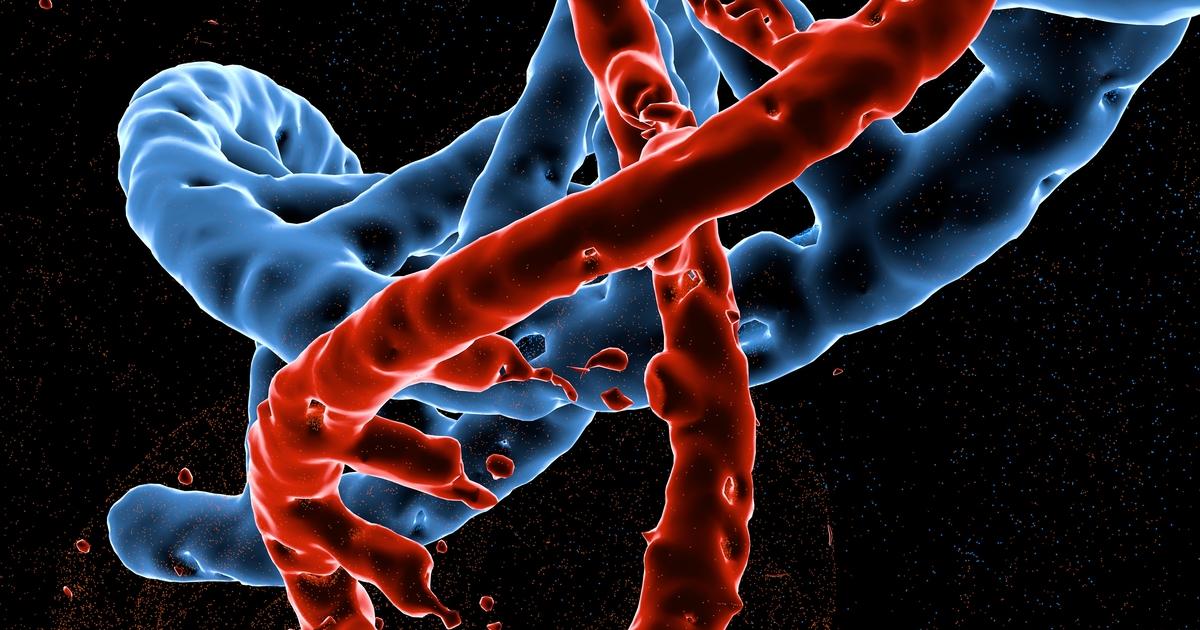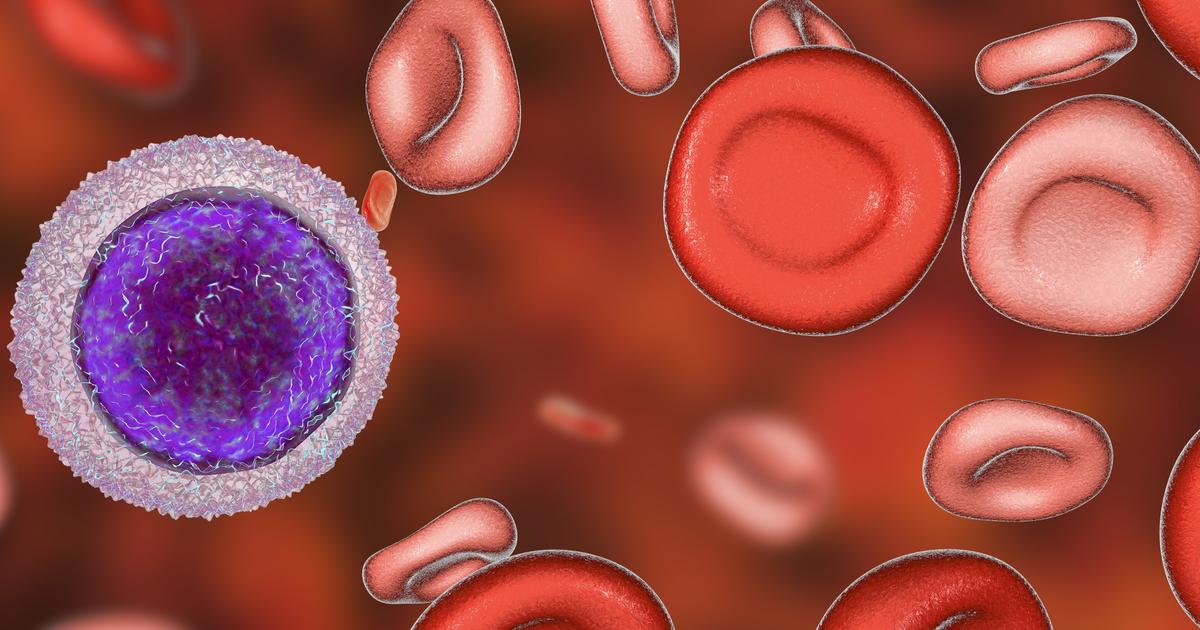Causes And Complications Of Diamond-Blackfan Anemia
Diamond-Blackfan anemia is a blood disorder where an individual has bone marrow that cannot produce an adequate amount of blood cells to replace the cells that die off. This type of anemia typically presents with red blood cells that are larger than normal, or macrocytic red blood cells. Diamond-Blackfan anemia occurs most often in young children, but it can also develop in an adult. Symptoms characteristic of Diamond-Blackfan anemia include excessive sleepiness, pale skin color, fatigue, distinct facial appearance, cleft palate, heart anomalies, unusual thumbs, short stature, irritability, rapid heartbeat, low birth weight, heart murmur, reproductive anomalies, and urinary system anomalies. Bone marrow testing, physical examination, genetic testing, and blood testing are used to help make a diagnosis of Diamond-Blackfan anemia. Treatment can include bone marrow transplant, blood transfusions, and medication.
Diamond-Blackfan anemia has a few causes and several possible complications. Learn about these now.
Genetic Mutation

An individual who has one or more certain types of gene mutations may develop Diamond-Blackfan anemia as a result. Approximately one-quarter of all cases of Diamond-Blackfan anemia is caused by a genetic mutation that occurs in the RPS19 gene. Between twenty-five and thirty-five percent of Diamond-Blackfan anemia cases are caused by one or more genetic mutations that occur in certain genes, including the RPL5, RPL35A, RPS10, RPS24, RPL11, RPS7, RPS17, and RPS26 genes. One or more mutations that occur in an individual's GATA1 gene can cause the development of Diamond-Blackfan anemia in rare cases. The cause of Diamond-Blackfan anemia in the remaining forty to fifty percent of all cases is not known. Many of these genetic mutations are associated with the encoding of different ribosomal proteins, including those in the RPS19, RPL11, RPS7, RPS17, RP24, RPL5, RPL35A, RPS10, and RPS26 genes. When an individual is affected by a deficiency of functional ribosomal proteins, they can experience increased self-destruction of the stem cells or blood-forming cells inside of their bone marrow. These cells are meant to develop into red blood cells, so this malfunction results in anemia.
Keep reading to learn more about the causes and complications of Diamond-Blackfan anemia now.
Iron Overload

A Diamond-Blackfan anemia patient may experience iron overload as a result of the treatment they receive for their disease. Iron is a mineral required for the body to produce hemoglobin, which is responsible for transporting oxygen to the tissues via the red blood cells in the bloodstream. In healthy individuals, iron is recycled in the body and can maintain a proper level. The human body does not have a natural mechanism that facilitates the removal of iron from the body when it does become too abundant, causing a condition called iron overload. An individual with iron overload can incur damage to vital organs when iron builds up in their tissues because it is toxic. Iron overload often occurs as a complication of blood transfusions in individuals affected by Diamond-Blackfan anemia. Large amounts of iron are present in donor blood infused into the affected individual's body to increase their red blood cell count. However, not all of the iron is converted to hemoglobin, and it begins to accumulate in the body after several transfusions. Removing the iron mineral before the blood transfusion would render it ineffective at increasing red blood cell count, so iron chelation therapy must be used to prevent iron overload.
Uncover more details on the complications linked to Diamond-Blackfan anemia now.
